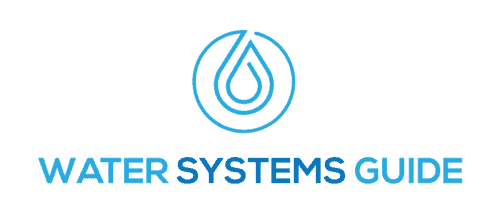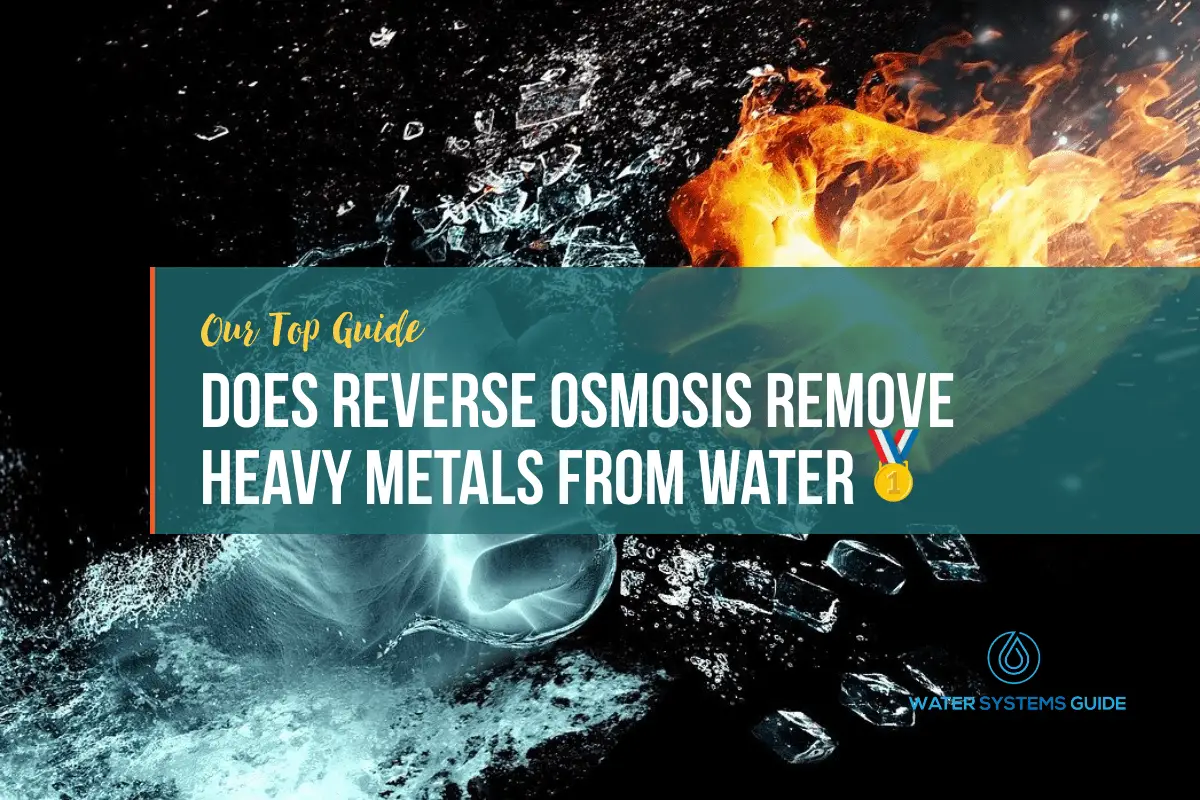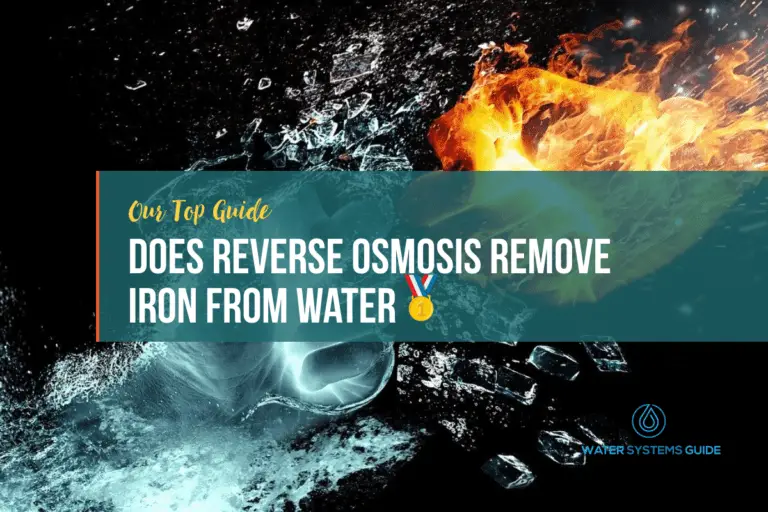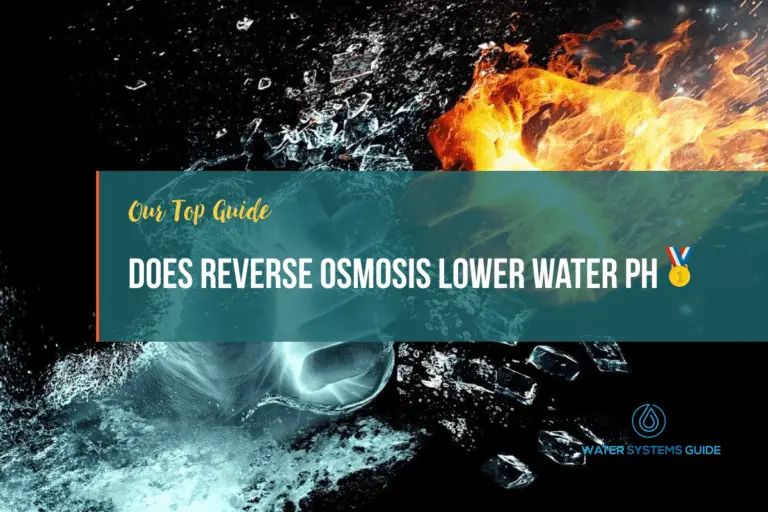Does Reverse Osmosis Remove Heavy Metals From Drinking Water
How Does Reverse Osmosis Work?
What are heavy metals and where are they found?
Heavy metals are elements that have a high atomic weight and are dense, malleable, and conductive. They are found in nature but can also be released into the environment through human activity.
Heavy metals can be poisonous even at low concentrations, and therefore harmful to human health and the environment, so it is important to monitor their levels in the air, water, and soil. They can be found in the environment, in food, and in some industrial products. Lead, mercury, cadmium, and arsenic are examples of heavy metals.
With that being said, how exactly do heavy metals get into the water supply?
How do heavy metals get into a home’s water supply
There are several ways, firstly, if the water source is contaminated with heavy metals, they can be present in the water that comes into the home, this is especially true for those homes that utilize local well water, but can quite readily be found in municipal water supplies too.
Additionally, if the pipes or fixtures in the home are made of materials that contain heavy metals, they can leach into the water as the pipes age.
Finally, in some cases, people may deliberately add heavy metals to their water supply, for example, to treat medical conditions.
Whichever cause, the health implications of heavy metal exposure are not great, as we’ll discuss in the next section. Therefore, it’s important to have your water tested regularly for heavy metals, at the POE (Point-of-entry) and POU (Point-of-use), and to take steps to ensure that your water supply is free of them.
The Impact Of Heavy Metals on Human Health
Heavy metals are pollutants that can have a range of negative effects on human health.
Government studies from the likes of NLOM and EPA are conclusive of these effects, and we’ve summarised some of the many signs/symptoms of heavy metal exposure below:
They can damage organs, impact the immune system, result in neurological problems, affect breathing, cause chronic illness and even cause cancer. Even low levels of exposure to heavy metals can be harmful, particularly to young children and pregnant women.
Does Reverse Osmosis Remove Heavy Metals From Water?
Reverse osmosis is a water purification process that uses pressure to force water through a semipermeable membrane. This process can remove heavy metals from water, making it safer to drink. Reverse osmosis is not 100% effective at removing all contaminants from water, but it can significantly reduce the number of heavy metals present.
Several studies indicate high levels of efficiency in using RO to reduce metal exposure levels, with a study in Saudi Arabia including that the RO removes a minimum of 87.92% of heavy metals from water. Another study showed that RO removes up to 98% of copper and 99% of cadmium from water.
However, before going out and buying such a system, it’s important to note that they differ in the number of filter stages, with some units having additional filtering stages, which optimize their function for removing certain contaminants and heavy metals.
Therefore, once you’ve tested your water, if there are heavy metals present, you should consult with a water treatment specialist to find a system that will effectively remove them.
What Else Does Reverse Osmosis Remove?
How Else Can I Remove Heavy Metals from My Water Supply?
There are a few other methods that can be used to remove heavy metals from your water supply, all of which have been referenced from the University of Wisconsin-Eau Claire.
“Removing mercury from the water can be achieved using four processes: Coagulation/Filtration, Granular Activated Carbon, Lime Softening, and Reverse Osmosis.”
- Coagulation/filtration is a common treatment which uses AlSO4 that reacts with the mercury to form a solid which can precipitate out of the water. The sludge then must be disposed of in a hazardous waste landfill. This process is beneficial because it costs very little and is reliable.
- Granular activated carbon uses porous carbon media. This media is a very heavy charcoal material. As the water passes through, the dissolved contaminants are absorbed and held on the solid surface. This process has its limitations because the effectiveness depends on the concentration of mercury in the water.
- Lime Softening uses excess Ca(OH) to raise the pH level and then the heavy metal precipitates out as Hg(OH). A benefit of this method is lower costs and proven reliability.
- In reverse osmosis, water is pushed through a semi permeable membrane. A Common membrane material is a polyamide film. This produces high quality water, but is fairly expensive.
Conclusion
In conclusion, does reverse osmosis remove heavy metals? It certainly does, to a high level of proficiency. It’s recommended to get your water professionally tested, to see which type of RO system is ideal for your situation, whether it’s a POU (under sink RO unit) or POE (whole house RO unit) system.







